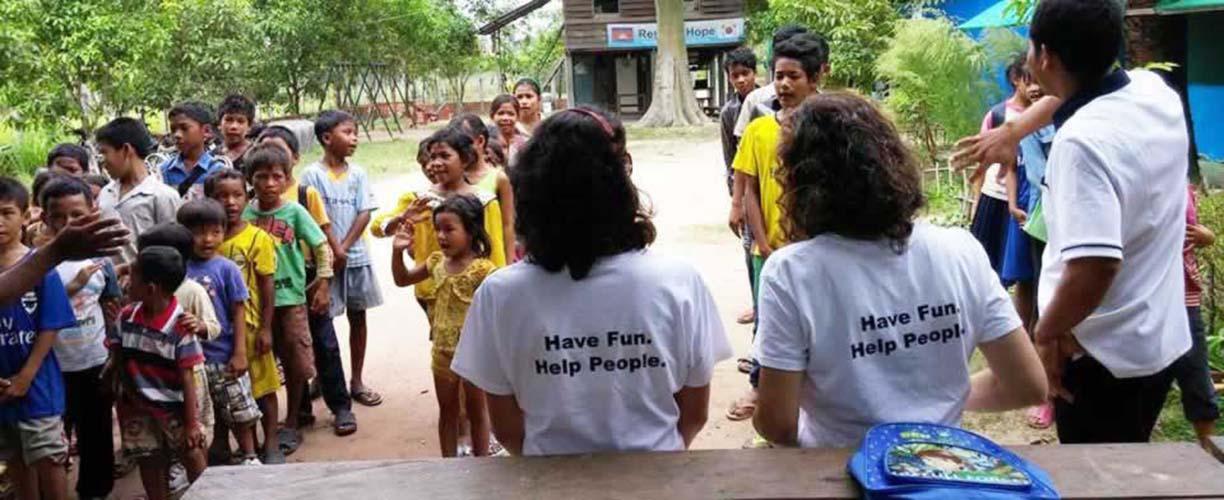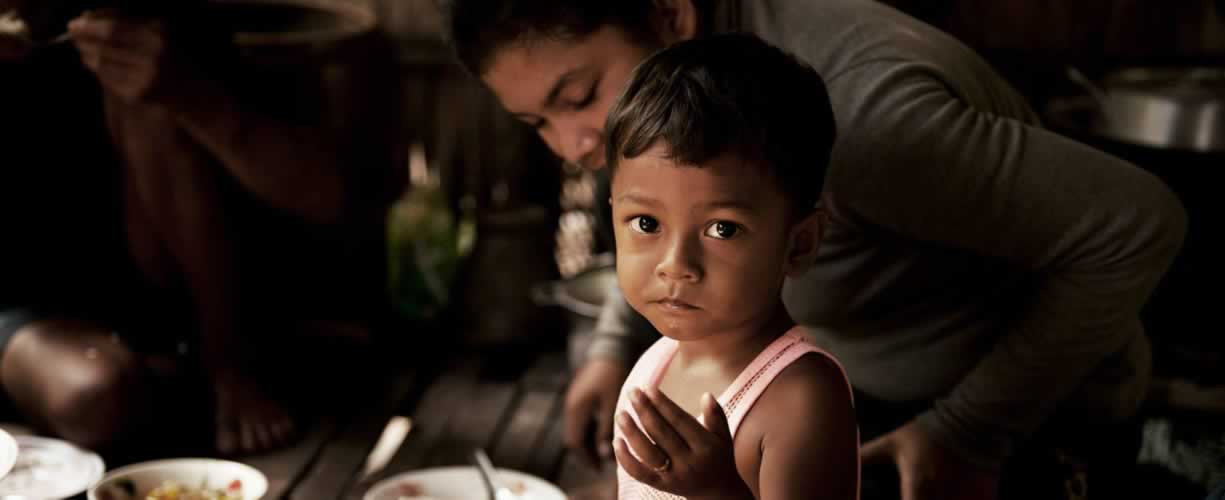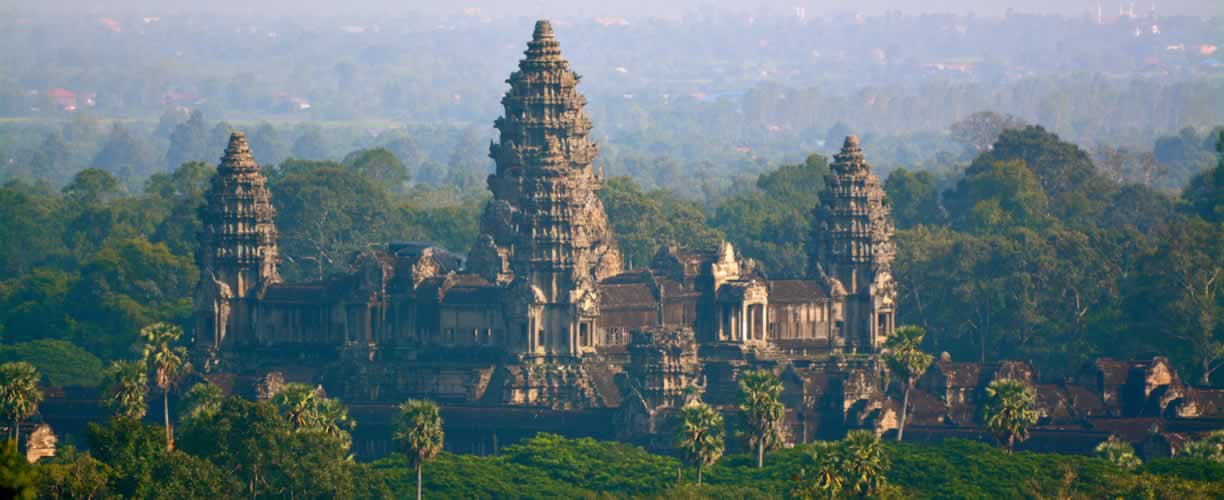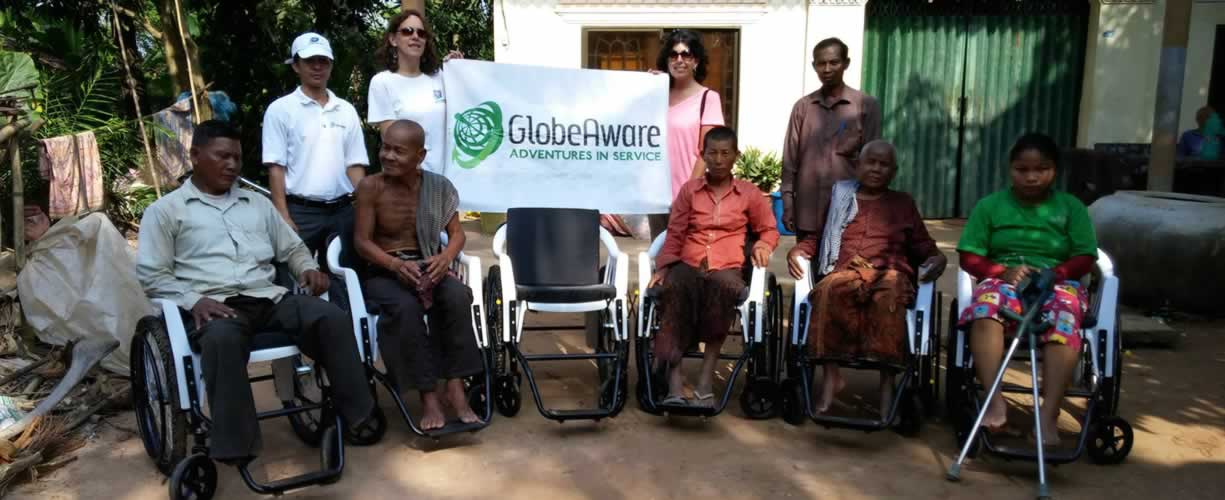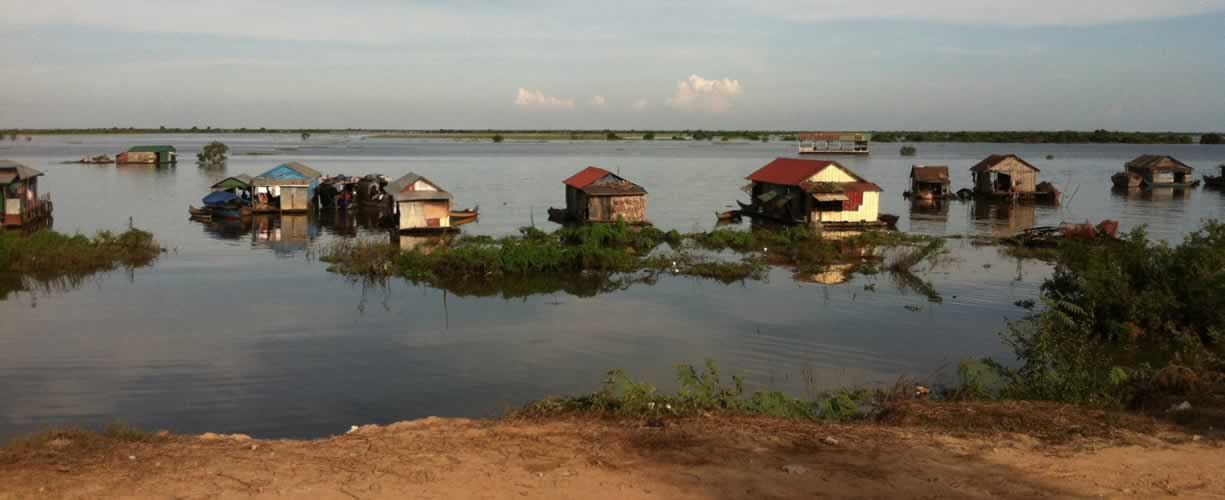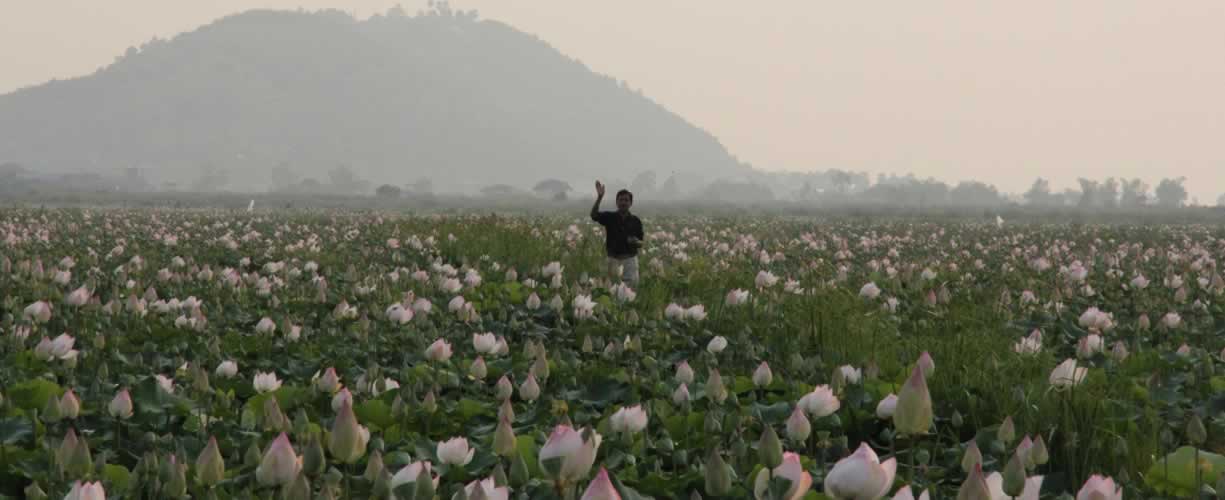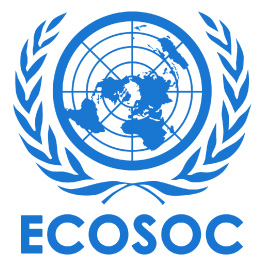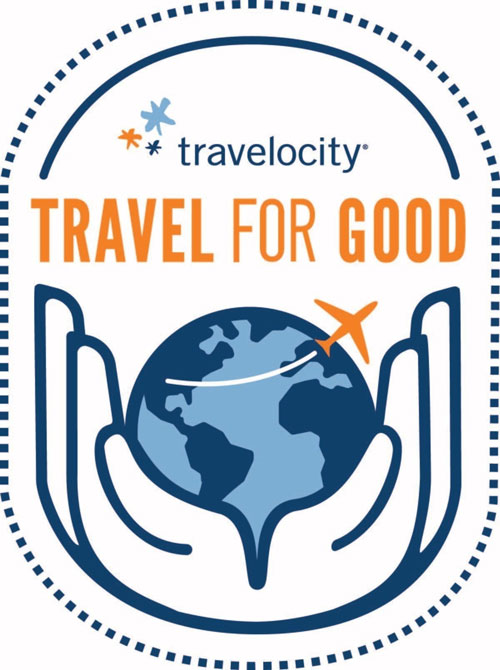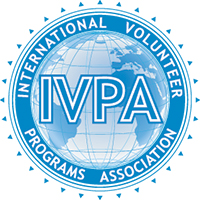Cambodian Culture – Quick Facts, Travel Hints, & Tips

About the People
- Phnom Penh is home to about 1.2 million people, around 10% of the nation’s overall population of 11.4 million.
- The overwhelming majority of Cambodians are of Khmer heritage, with the largest minority group being the Cham-Malays mostly established near the Mekong north of Phnom Penh.
- Khmer is the official language, spoken by over 90% of the population. You may also hear French, Vietnamese, Chinese, or English during your stay.
- By some estimates around 80% of Cambodians are connected to subsistence farming. As in many developing nations, poverty and malnutrition are no strangers to those living in rural Cambodia.
- The cambodian money is the "riel"
Non-Verbal Communication
- As with many Southeast Asian cultures, Cambodia is a collectivist society. If you look for cues and take the time to ask questions, you’ll find that you can learn a lot through non-verbal communications. For instance –
- Dress is just as likely to be used to blend in as to express individuality.
- Time and punctuality are not eternal worries as they are in the west
- Guests are generally quiet unless spoken to, and mealtimes are not always the social event that westerners are accustomed to.
- A smile doesn’t necessarily mean agreement or happiness
- Direct eye contact is generally considered disrespectful, particularly across the sexes
The Food
- Cambodian cuisine is in many ways familiar if you’re accustomed to Thai or Vietnamese food. Much as Thai cuisine has creative uses for Fishsause, Cambodians are noted for the use of prahok in cooking, a type of fish paste.
- China and India have also influenced local cuisine.
- One of the most popular or common dishes is called ka tieu.
- A Cambodian meal commonly consists of three or four separate items – perhaps one sweet, one sour, one savory. As occasionally happens in neighboring Thailand and Laos, chili’s are usually left to you to add.
Transportation
- Many of the roads in Cambodia are unpaved, so be prepared for bumpy rides outside the main population centers.
- Bus travel around Cambodia is not allowed, but trains and air are viable alternatives.
- If you’re traveling by foot or car away from populated areas be aware that there are un-detonated landmines. In cases where you’re not sure how safe the terrain is, it’s best to seek out and trust the judgment of the local people.
Education
- The Khmer Rouge abolished the education system in the mid 1970’s, and many teachers and scholars were forced to flee the country or were killed.
- The current constitution establishes that there shall be compulsory education for nine years.
- Partly due to the lingering effects of past regimes, the literacy rate hovers around 74% for the general population, a figure much higher in women and lower in men.
Religion
- Cambodians are predominantly Therevada or Hinayana Buddhist.
- Islam is practiced in the east, and Christianity is growing in the areas around Phnom Penh.
- All religions suffered persecution under the Khmer Rouge regime.
Globe Aware has gathered more tips, hints, and facts on Cambodian culture from numerous sources both in print, from past volunteers, and on the web. Find out more by registering today and experiencing genuine Cambodian culture, from Angkor Wat to the unique cuisine and history, for yourself. From helping to build wheel chairs for Cambodia's landmine victims to other projects addressing cambodia's challenges, there are many ways you can help by signing up today.
